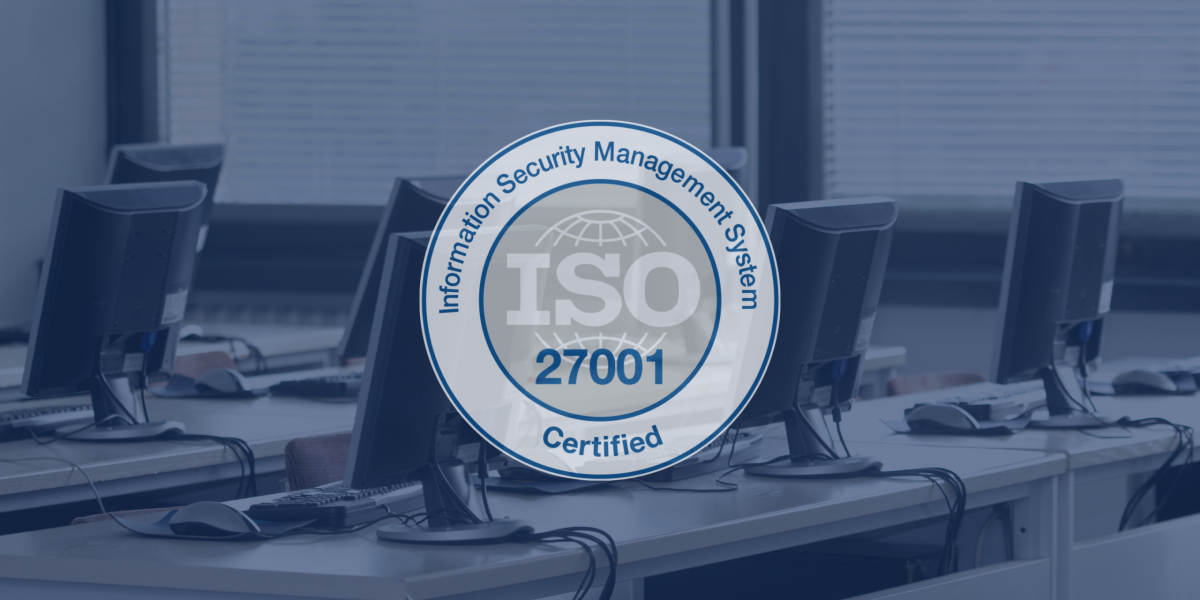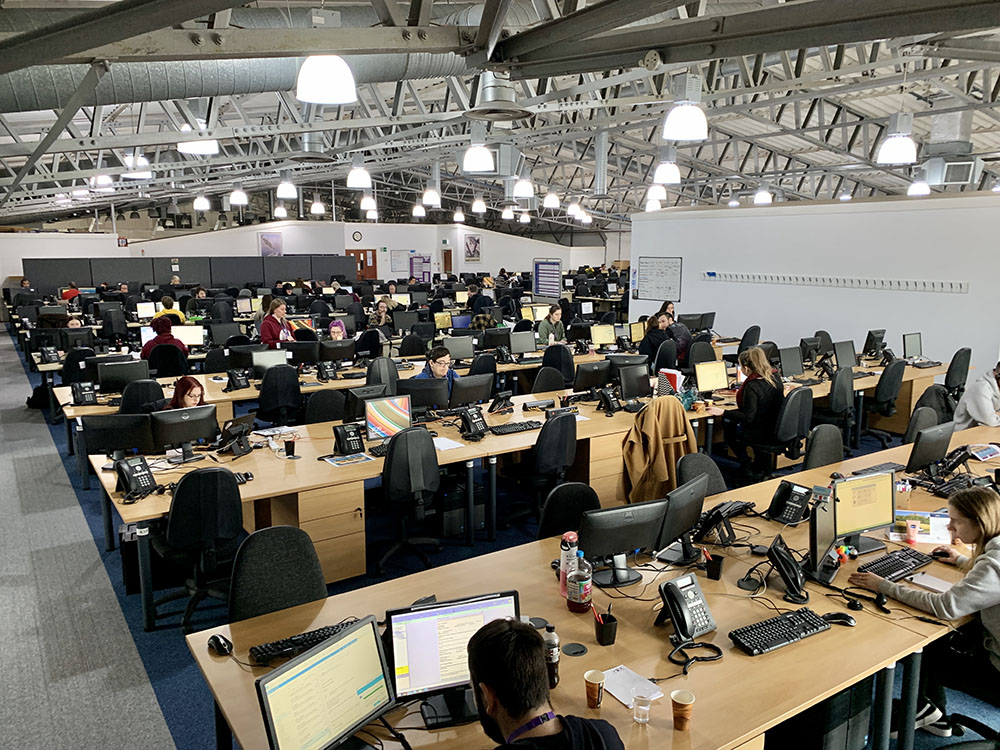We are proud to announce that DSM Group has been recommended for recertification by the British Standards Institution (BSI) for the prestigious ISO27001:2022 standard—an entire year ahead of schedule. This significant achievement underscores our continued commitment to maintaining the highest standards in information security management.
ISO27001 is an internationally recognised standard, and certification from BSI, a globally renowned certification body, further highlights our dedication to protecting sensitive company and customer information. BSI certification is a mark of trust and excellence, ensuring that our systems and processes are secure, robust, and meet the latest global standards in managing information security risks.
At DSM Group, we are dedicated to consistently improving our security measures. Our early recertification demonstrates the success of our proactive approach to safeguarding the confidentiality, integrity, and availability of information. We pride ourselves on delivering reliable and secure services, helping our clients rest assured that their data is in safe hands.
What Does This Mean for Our Clients?
For our clients, this BSI recertification reinforces DSM Group’s commitment to protecting their most critical assets. With stringent security protocols in place, clients can have full confidence that their data is managed in line with the highest industry standards.
ISO27001 also supports our dedication to continuous improvement, as we regularly assess and refine our processes to meet evolving security challenges. This not only reduces risk but also boosts operational efficiency, allowing us to provide even more reliable and high-quality services.
Thank you to everyone involved in helping us achieve this important milestone. Together, we continue to set the standard for excellence in information security, keeping our clients’ trust at the heart of everything we do.





